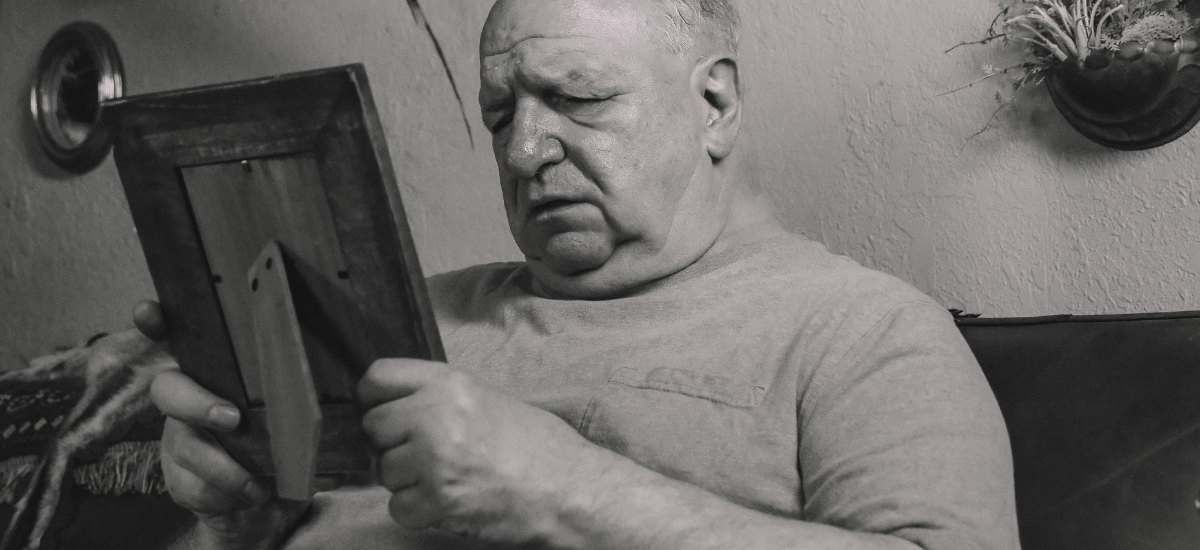The number of people dying each year from drug overdose continues to rise.
In May, the National Center for Health Statistics (NCHS) released provisional data on the overdose death rate for 2021. While statistics give us a needed view of what is happening in this country around opioid and other medication deaths, they do not reflect the misery and grief that accompanies every death—the impact on families, relatives, and the lost life of the deceased who never woke up.
The estimated number of people who have died since 1999 of drug overdose exceeds one million. These deaths were driven by zealous marketing of prescription pain medication as well as rising access to heroin, methamphetamines, and fentanyl. The widespread access to pain medications in the 1990’s developed into greater use of synthetic opioids that are driving up the death toll over 20 years later.
While litigation and settlements, such as those involve Purdue Pharma, move forward, the actions are not diminishing the number of lives taken each year due to illicit and inappropriate prescription of opioids by healthcare providers.
According to the NCHS report, US deaths from drug overdose rose approximately 15 percent from 2020. The number of people who died of drug overdose in 2020 was approximately 94,000. Fanned by the pandemic, social isolation, and loss of medical and psychological care, the death rate in 2020 jumped 30 percent from 2019. In 2021, an estimated 108,000 died of drug overdose. Opioids were involved in about 80,000 of those deaths.
A disturbing trend is the contamination of other drugs with methamphetamine, cocaine, and fentanyl. Fentanyl is a synthetic opioid that is 50 to 100 times more potent than morphine. Recent research discussed in JAMA Network reports the number of fatal teen overdoses approximately doubled between 2019 and 2020—an increase of 94 percent. While researchers note the opioid crises has been impacting adults for years, this is the first time in a decade that growth was seen in drug overdose deaths.
The lead author of the study, Joe Friedman said, “this is very alarming because what we’ve seen in other parts of the population is that when overdose death rates start to rise, they tend to continue to do so for quite some time.”
Dr. Daniel Ciccarone with the University of California at San Francisco, who studies drug use, stated, “of the current overdose numbers, there’s something to be said about demand. Why is America so hungry for drugs? Why does that seem to be increasing generation over generation? Does it have something to do with our economic inequalities and other disparities?”
If healthcare providers step up their role in diverting patients to less harmful drugs, government gets to work providing resources to communities, and drug companies keep paying for the damage they have done—maybe the numbers of lives tragically lost will decline.
Baltimore, Maryland medical malpractice law firm helps you after you are injured through medical mistake
Schochor, Staton, Goldberg, and Cardea, P.A. has an established track record of obtaining satisfying compensation on behalf of clients and their families injured by medical malpractice and negligence. If you are injured by a healthcare provider, call us at 410-234-1000 to set up a free consultation to discuss your case.

